Southeast Asia offers diverse landscapes, rich cultures, and vibrant cities. It is a treasure trove for travellers seeking adventure and beauty.
Southeast Asia enchants visitors with its stunning beaches, lush jungles, and bustling markets. Countries like Thailand, Vietnam, and Indonesia boast unique attractions and warm hospitality. The region's historical landmarks, such as Angkor Wat and the temples of Bagan, captivate history enthusiasts.
Street food in places like Bangkok and Hanoi tantalizes taste buds with exotic flavours. Whether exploring the serene rice terraces in Bali or diving in the crystal-clear waters of the Philippines, Southeast Asia promises unforgettable experiences. Its affordability, friendly locals, and varied activities make it an ideal destination for travellers of all kinds.
The natural wonders
Southeast Asia is a paradise for nature lovers. It offers stunning landscapes and breathtaking views. The natural wonders here are like no other. From pristine beaches to majestic mountains and serene rivers, Southeast Asia never fails to impress. Let’s dive into the beauty of these natural wonders.
Beaches
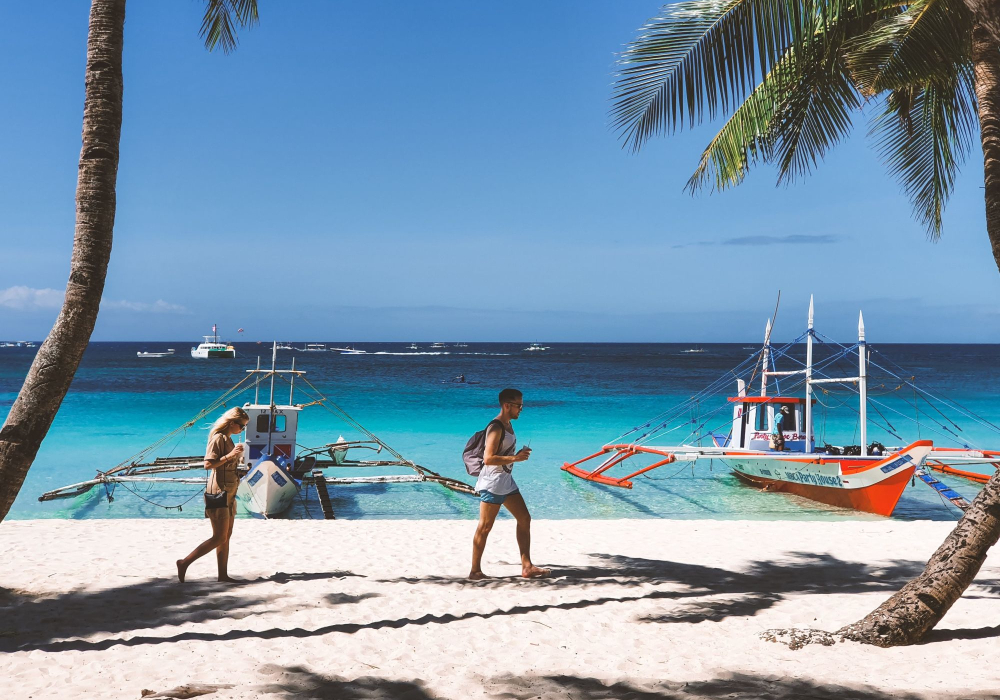 Boracay, Philippines
Boracay, Philippines
The beaches in Southeast Asia are world-renowned. They are famous for their crystal-clear waters and white sandy shores. Here are some must-visit beaches:
- Phuket, Thailand: Known for its vibrant nightlife and beautiful resorts.
- Ngapali Beach, Myanmar: Offers a peaceful retreat with its calm waves.
- Boracay, Philippines: Perfect for water sports like windsurfing and diving.
Many beaches also provide opportunities for snorkelling and scuba diving. The marine life here is rich and diverse. You can find colourful coral reefs and exotic fish species. For example, the beaches of Bali are a diver's paradise.
Below is a table of some popular beach activities and where to find them:
| Activity | Location |
|---|---|
| Snorkelling | Koh Samui, Thailand |
| Scuba diving | Bali, Indonesia |
| Surfing | Siargao, Philippines |
Mountains
The mountains in Southeast Asia are awe-inspiring. They offer hiking trails and adventure sports. Here are some famous mountains:
- Mount Kinabalu, Malaysia: The highest peak in Southeast Asia.
- Mount Rinjani, Indonesia: Known for its challenging trails and stunning crater lake.
- Fansipan, Vietnam: The highest mountain in Vietnam, often called "The Roof of Indochina."
The views from these mountains are breathtaking. You can see lush green forests and beautiful sunrises. For example, the view from Mount Bromo in Indonesia is unforgettable. Many mountains also have cultural significance. For instance, Mount Agung in Bali is considered sacred by the locals.
Here is a list of items you should bring for a mountain hike:
- Comfortable hiking boots
- Water bottle
- First aid kit
- Snacks and energy bars
- Map and compass
Rivers
The rivers in Southeast Asia are serene and picturesque. They offer boat rides and other water activities. Here are some famous rivers:
- Mekong River: Flows through six countries, including Vietnam and Cambodia.
- Chao Phraya River, Thailand: Known as the "River of Kings."
- Irrawaddy River, Myanmar: Offers stunning views of the Burmese countryside.
Many rivers are essential for the local economy. They provide water for farming and fishing. For example, the Mekong River is vital for rice farming in Vietnam. Rivers also host floating markets. You can find fresh produce and local crafts. A visit to a floating market is a unique experience.
Below is a table of popular river activities and their locations:
| Activity | Location |
|---|---|
| Boat rides | Mekong River |
| Fishing | Irrawaddy River |
| Floating markets | Chao Phraya River |
The cultural gems
Exploring Southeast Asia's beauty reveals a tapestry of vibrant cultures, ancient traditions, and mesmerizing landscapes. The region's cultural gems offer a glimpse into its rich heritage and diverse influences. From majestic temples to colourful festivals and mouth-watering cuisine, Southeast Asia captivates travellers with its unique charm and warmth.
Temples and pagodas
Southeast Asia is home to some of the most stunning temples and pagodas in the world. These sacred sites reflect the region's deep spiritual roots and architectural brilliance. Each temple and pagoda tells a story of faith, history, and artistry.
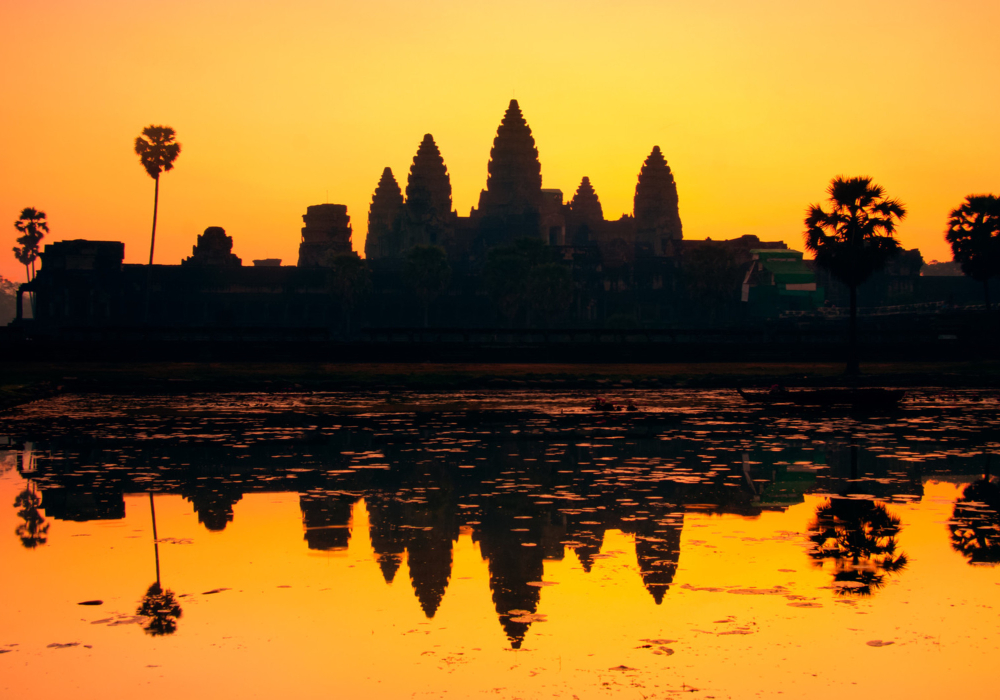 Angor Wat, Cambodia
Angor Wat, Cambodia
- Angkor Wat, Cambodia: This iconic temple complex is a symbol of Cambodia. Built in the early 12th century, Angkor Wat is the largest religious monument in the world. It features intricate carvings and a vast moat.
- Shwedagon Pagoda, Myanmar: The Shwedagon Pagoda is a golden masterpiece in Yangon. It is covered in gold leaf and encrusted with diamonds. The pagoda is believed to be over 2,500 years old.
- Wat Pho, Thailand: Known for its giant reclining Buddha, Wat Pho is one of Bangkok's oldest temples. It also houses a renowned Thai massage school.
| Temple/Pagoda | Location | Highlights |
|---|---|---|
| Angkor Wat | Cambodia | Largest religious monument, intricate carvings |
| Shwedagon Pagoda | Myanmar | Golden stupa, encrusted with diamonds |
| Wat Pho | Thailand | Reclining Buddha, Thai massage school |
Festivals and celebrations
Southeast Asian festivals and celebrations are a feast for the senses. These events showcase the region's cultural diversity and vibrant traditions, and each celebration is filled with colour, music, and joy.
Songkran, Thailand: Songkran is the Thai New Year festival. It is celebrated with water fights and street parties. People splash water on each other to wash away bad luck and welcome the new year.
Thaipusam, Malaysia: Thaipusam is a Hindu festival the Tamil community celebrates. Devotees perform acts of penance, such as carrying kavadis or piercing their bodies with hooks and spears.
Nyepi, Indonesia: Nyepi is the Balinese Day of Silence. It marks the start of the Balinese New Year. On this day, the entire island of Bali comes to a standstill, with no lights, no work, and no travel allowed.
- Songkran: Water fights, street parties, washing away bad luck
- Thaipusam: Acts of penance, carrying kavadis, body piercing
- Nyepi: Day of Silence, no lights, no work, no travel
Cuisine
Southeast Asia's cuisine is a delightful mix of flavours, aromas, and textures. Each country offers unique dishes that reflect its culture and history. The food in Southeast Asia is a true culinary adventure.
Pad Thai, Thailand: Pad Thai is a stir-fried noodle dish made with rice noodles, eggs, tofu, and shrimp. It is flavoured with tamarind paste, fish sauce, and palm sugar and garnished with peanuts and lime.
Pho, Vietnam: Pho is a Vietnamese noodle soup made with broth, rice noodles, herbs, and meat, usually beef or chicken. It is often enjoyed as a breakfast dish.
Nasi Goreng, Indonesia: Nasi Goreng is a popular Indonesian fried rice dish. It is made with kecap manis (sweet soy sauce), garlic, shallots, and chili, and often served with a fried egg on top.
- Pad Thai: Stir-fried noodles, tamarind paste, fish sauce
- Pho: Noodle soup, broth, rice noodles, herbs
- Nasi Goreng: Fried rice, sweet soy sauce, garlic, chili
The adventure
Exploring Southeast Asia's beauty offers countless adventures that thrill the soul and ignite the spirit. This region is a paradise for adventure seekers, from lush jungles to azure waters. Whether you're trekking through dense forests, diving into vibrant coral reefs, or soaring above the treetops, there's no shortage of excitement. Let's dive into the thrilling adventures that await you in Southeast Asia.
Trekking and hiking
Southeast Asia's landscapes are perfect for trekking and hiking enthusiasts. Picture yourself walking through verdant rainforests, up misty mountains, and past cascading waterfalls. Each trail offers a unique experience and stunning views.
Here are some top trekking and hiking spots:
- Mount Rinjani, Indonesia: An active volcano with breathtaking views and a crater lake.
- Chiang Mai, Thailand: Known for its lush trails and hill tribe villages.
- Sapa, Vietnam: Famous for its terraced rice fields and ethnic minority communities.
- Gunung Mulu National Park, Malaysia: Features challenging trails and impressive limestone formations.
For those who love a challenge, these trails offer the perfect mix of adventure and natural beauty. Don't forget to pack sturdy boots, plenty of water, and a good camera to capture the stunning scenery.
Diving and snorkeling
Southeast Asia is a diver's dream. The crystal-clear waters are teeming with marine life and colourful coral reefs. Whether you're a seasoned diver or a beginner, there's something for everyone.
Check out these top diving and snorkelling spots:
| Location | Highlights |
|---|---|
| Raja Ampat, Indonesia | Home to the richest marine biodiversity in the world. |
| Similan Islands, Thailand | Known for its clear waters and diverse marine life. |
| Tubbataha Reefs, Philippines | A UNESCO World Heritage Site with stunning coral walls. |
| Perhentian Islands, Malaysia | Offers beautiful coral gardens and an abundance of fish. |
Make sure to bring your underwater camera to capture the vibrant sea life. Always dive with a certified guide to ensure safety and environmental protection.
Zip-lining and rock-climbing
For those who crave adrenaline, Southeast Asia offers thrilling zip-lining and rock-climbing experiences. Imagine soaring above the treetops or scaling rugged cliffs with panoramic views.
Top spots for zip-lining and rock climbing include:
- Chiang Mai, Thailand: Fly through the jungle canopy on one of the longest zip lines in Asia.
- Ha Long Bay, Vietnam: Climb the stunning limestone karsts rising from emerald waters.
- Boracay, Philippines: Experience exhilarating zip lines with spectacular ocean views.
- Krabi, Thailand: Famous for its challenging rock climbing routes on limestone cliffs.
Ensure you wear proper gear and follow safety instructions. These activities provide a rush of excitement and unforgettable memories. Soar high and conquer the heights of Southeast Asia!
The people
Exploring Southeast Asia's beauty isn't just about the stunning landscapes and rich history. The people of this region make your journey truly unforgettable. Their warmth, traditions, and everyday life uniquely charm your travel experience.
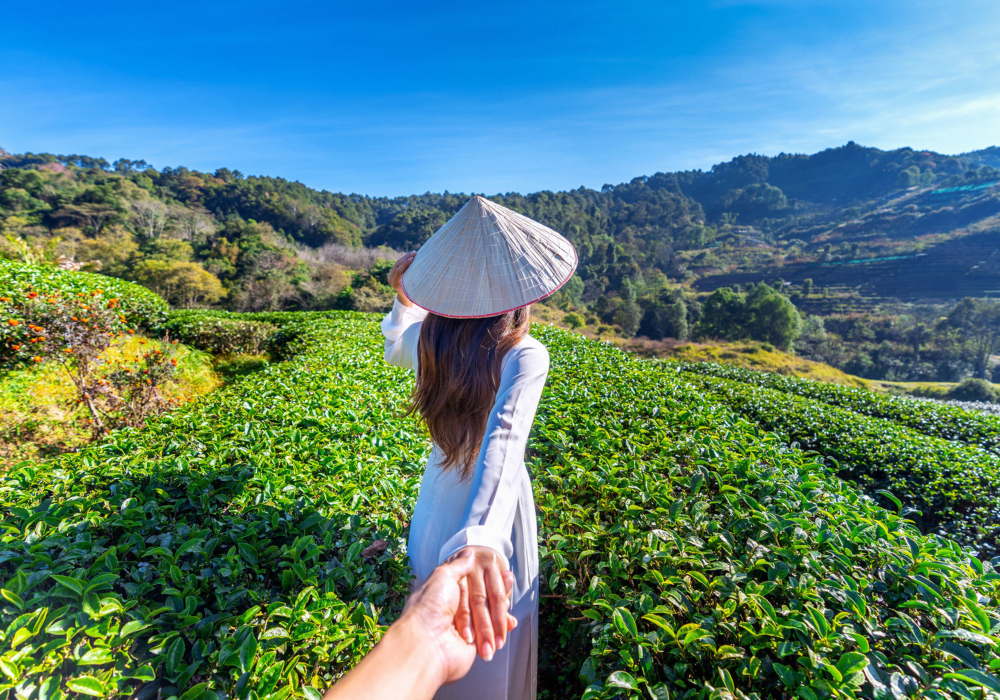
Friendly locals
The locals in Southeast Asia are known for their incredible hospitality. You'll often be greeted with a warm smile and genuine interest in your well-being. This friendliness makes you feel at home, even if you're thousands of miles away.
Here are some ways the locals show their friendliness:
- Warm greetings: Whether it's a simple "hello" or a traditional bow, the locals always make an effort to greet you.
- Helpful nature: If you look lost or confused, don't be surprised if someone offers to help you find your way.
- Invitations: Many locals invite travellers to their homes for a meal or a cup of tea, sharing their culture and stories.
Their hospitality is not just limited to interactions; it extends to their services, too. The service is impeccable in hotels, restaurants, and shops, making your stay comfortable and pleasant.
Traditional villages
Traditional Southeast Asian villages offer a glimpse into the region's rich cultural heritage. These villages are often nestled in picturesque landscapes, offering a serene escape from bustling cities.
Some highlights of visiting traditional villages:
- Architecture: The houses are often built using traditional methods and materials, showcasing unique designs.
- Customs and traditions: You can witness age-old customs, from daily rituals to grand festivals.
- Handicrafts: Many villages are known for their craftsmanship, producing beautiful textiles, pottery, and other handmade items.
In these villages, life moves at a slower pace, allowing you to truly soak in the culture and traditions. Interacting with villagers can be a rewarding experience as they share their stories and way of life with you.
Street markets
Street markets are a bustling hub of activity in Southeast Asia. They offer a sensory overload with vibrant colours, enticing aromas, and the sounds of haggling vendors.
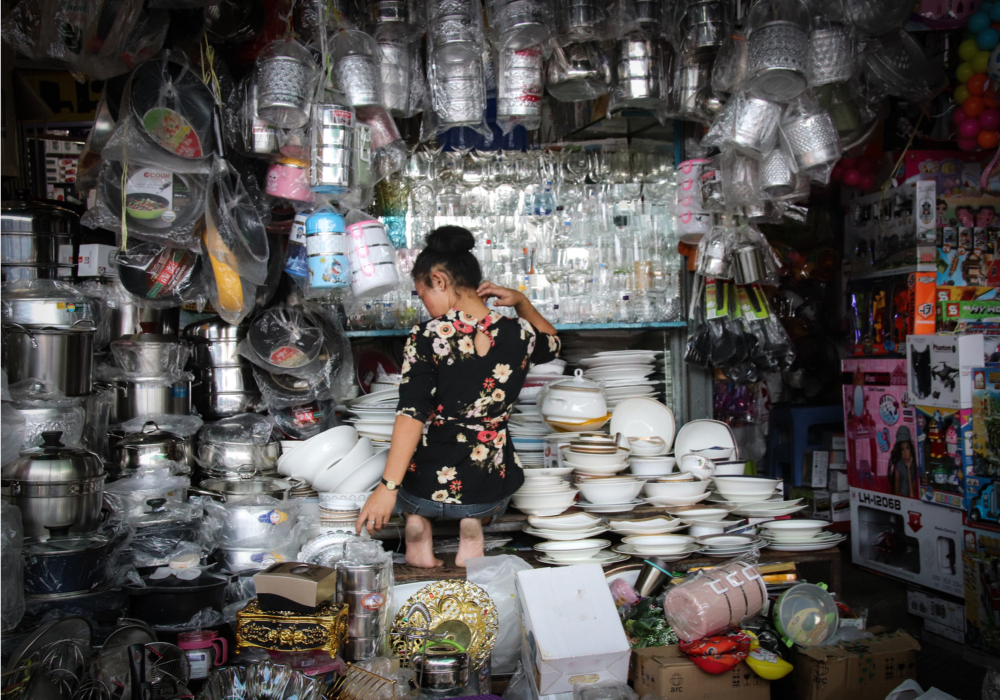
What makes street markets special:
- Variety of goods: You can find everything from fresh produce to handmade crafts and souvenirs.
- Local cuisine: Street food stalls offer a taste of local flavours, from spicy noodles to sweet treats.
- Social interaction: Markets are places where locals gather, giving you a chance to observe and interact with them.
Walking through these markets, you can feel the pulse of everyday life. It's a great place to practice your bargaining skills and pick up unique items to remember your trip by.
The challenges
Exploring the beauty of Southeast Asia is an adventure filled with stunning landscapes, rich cultures, and unforgettable experiences. Yet, travellers often face several challenges that can make the journey a bit tricky. Understanding these challenges can help you prepare and enjoy your trip more fully. Here, we discuss some of the common issues you might encounter.
Language barrier
The language barrier is one of Southeast Asia's most significant challenges. While English is widely spoken in tourist areas, many local communities speak their native languages, which can make communication difficult, especially in rural areas.
Here are a few tips to overcome the language barrier:
- Learn basic phrases: Knowing simple phrases like "hello," "thank you," and "how much?" can be very helpful.
- Use translation apps: Apps like Google Translate can assist in real-time communication.
- Carry a phrasebook: A small phrasebook can be a handy tool for quick reference.
Below is a table of basic phrases in some common Southeast Asian languages:
| English | Thai | Vietnamese | Bahasa Indonesia |
|---|---|---|---|
| Hello | Sawasdee | Xin chào | Halo |
| Thank you | Khop khun | Cảm ơn | Terima kasih |
| How much? | Thao rai? | Giá bao nhiêu? | Berapa? |
Transportation
Getting around Southeast Asia can be an adventure in itself. The region offers various modes of transportation, each with its own set of challenges. From tuk-tuks to buses and ferries, the options are endless but can be confusing for first-time visitors.
Here are some common forms of transportation:
- Tuk-tuks: These three-wheeled vehicles are common in cities. They are cheap but can be bumpy and uncomfortable.
- Buses: Buses are the most economical way to travel long distances. Be prepared for crowded conditions.
- Ferries: Ferries are essential for island hopping. Always check the weather before boarding.
For a smoother experience, consider the following tips:
- Plan ahead: Book tickets in advance, especially during peak seasons.
- Use ride-sharing apps: Apps like Grab can make city travel easier.
- Check reviews: Look at reviews of transport services to know what to expect.
Safety
Safety is a common concern for travellers in Southeast Asia. While the region is generally safe, knowing about potential risks can help you stay secure.
Consider these safety tips:
- Stay informed: Keep up-to-date with local news and travel advisories.
- Avoid isolated areas: Stick to well-populated areas, especially at night.
- Secure your belongings: Use a money belt or a secure bag to keep your valuables safe.
Here's a quick safety checklist:
| Item | Action |
|---|---|
| Passport | Keep a copy in a separate bag |
| Money | Use a money belt |
| Hotel address | Carry a card with the address |
You can enjoy a worry-free trip through Southeast Asia by staying vigilant and prepared.
Southeast Asia offers breathtaking landscapes, rich cultures, and unforgettable experiences. From lush jungles to serene beaches, the region captivates every traveller. Embrace the diverse traditions and vibrant cuisines. Southeast Asia promises adventures and memories that will last a lifetime. Start planning your trip today and discover its unparalleled beauty.

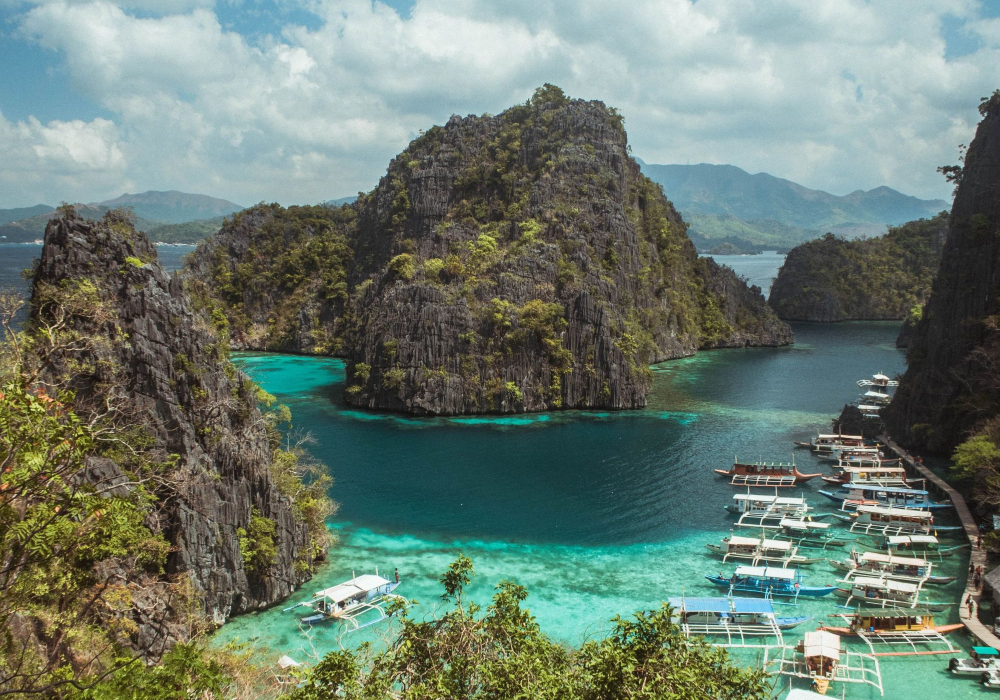


Comments powered by CComment